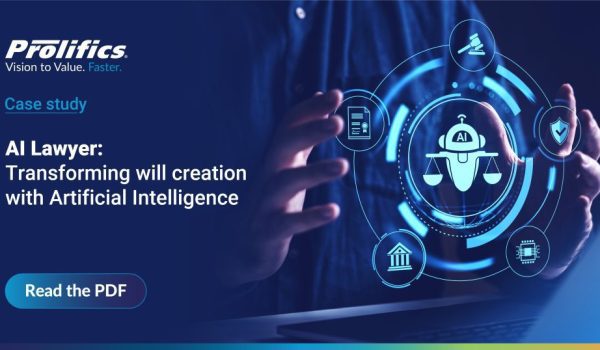High Tech businesses such as manufacturers, subscription services, consumer electronics creators and value-added resellers suffer from the same issues as other industries around how to innovate. Innovation is difficult because of siloed systems, data and a lack of interconnectivity; this is often due to one common culprit, integration.
Despite their name, High Tech businesses frequently suffer from the same issues as other industries, of legacy solutions, point to point integration and manual processing, this can be far removed from the glamour of ‘high-tech’, and makes the evolution of digital transformation slow and laboured, stopping them from reaching:
- Direct to Customer solutions
- Rapid Onboarding of partners and suppliers
- Business-as-a-service
- Templated M&A processes
- A single source of truth
Businesses often muddle along, but as their data, services and offerings grow, the web of integrations only gets bigger, more tightly coupled and harder to manage, exacerbating issues and giving the IT team a bigger headache than when they started, so it’s no surprise that teams now spend 80% of their time integrating instead of innovating.
Naturally, this poses the question, how do you stop integrating and start innovating?
The answer is simple, removing the delivery gap and changing your traditional integration approach to a modern, agile methodology which places innovation and data-sharing in the hands of APIs, to catalyse change.
How do we know? Our High-Tech client had a similar use case where customer onboarding was slowing down their business. Here’s how we helped:
First, we implemented MuleSoft’s AnyPoint Platform to provide a scalable API-Led integration backbone which allowed for the integration of system APIs, automating the end to end process for customer onboarding, this led to:
- Removal of manual data input for new clients, reducing human error.
- The enablement of digital and mobile applications, supporting collaboration between lines of business.
- Improved responsiveness to customer demands due to faster messaging.
- Enhanced reuse of assets via easily consumable APIs, removing vendor lock-in.
Our client journey has since continued their journey, introducing automation to their processes, empowering their team by focussing on innovation rather than integration; serving their customers more efficiently.
To find out how to overcome your integration headaches and move towards an API-Led architecture, join us and MuleSoft at our Lunch and Learn on the 2nd November, as we delve further into our client case study, alongside hearing from the experts at MuleSoft about their Customer 360 solution.








